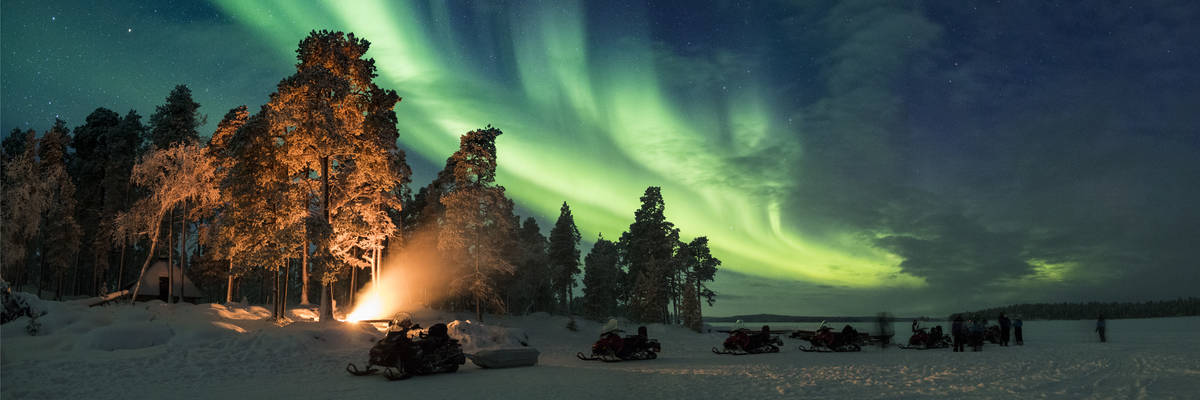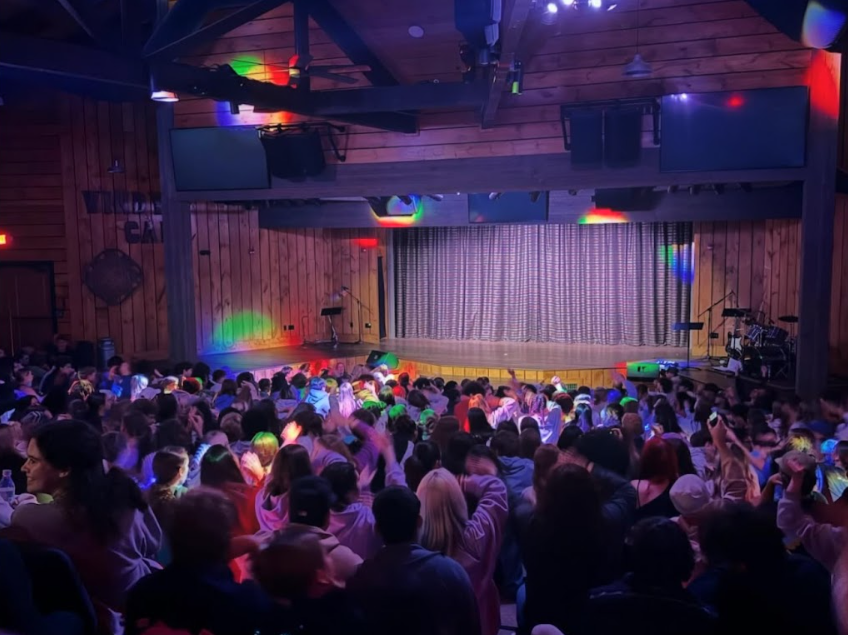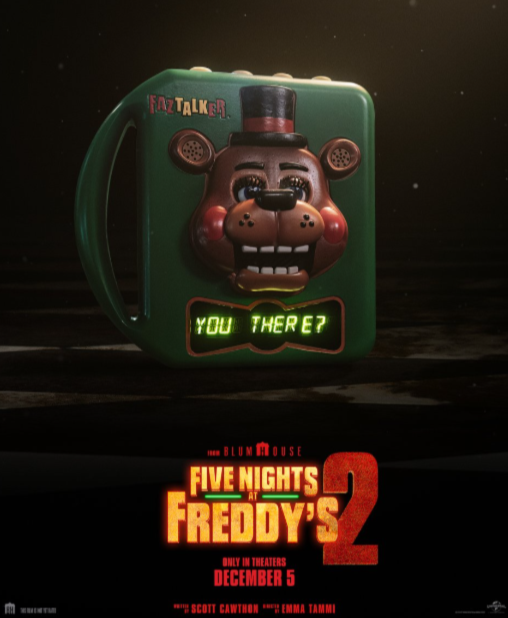Many think of the medieval Scandinavians as barbaric, uncivilized, and pathological murderers without thought, merely killing for the bloodlust. That is false, and here is why. They were highly intelligent people, creating the edda and other poetic points of history; the Norse called their own tongue the “Danish tongue,” Donsk Tunga. Sadly, there are no living artifacts or information as to why they had chosen this specific name for their people’s language. Their language, according to archeologists, were similar to the old Germanic which had diverged from the beginning, way before the age of the Scandi. Donsk Tunga has an extremely traceable history as it is the most medieval member of the large Indo-Eurasian kin of tongues; Old English or Anglo-Saxons, Gothic, and Old High-German were one of many that had distinct relations to verbs, nouns, and sentences to their tongue.
The first years of the Nordic age were difficult and according to research, there were two close-knit related varieties of Old Norse. The east, which spoke what many know now and the Baltic region; Shetland, Orkney, The Hebrides, Faroes, and Iceland were the areas of the Donsk Tunga or better known as the mainland. Before all the modern development of its language, Old Norse was just called Proto-Norse, written in an elder tongue. Futhark runes had been developed through Latin and then different variations of the modern language which consisted of the three backward dialects of Scandi. Old-West Norse, Old-East Norse, And Old Gutnish. The distribution of the dialects were extremely messy and uncoordinated, with Old-East Norse in Norway and Old-West Norse in Sweden.
Norse had their specialties; they would be just like everyone else and do what they usually did. Warriors were slightly different, some made it their will to serve the gods and rejoice in Valholl better known in the English text, Valhalla. They would be pirating on the seas to make their living. Unlike those of now, the Old Norse had different views that seem unorthodox, especially with women. Nordic women had the most freedom throughout their time, she could divorce her husband, keep their home, and even live off their ex-husbands wares if they bore children. Women were the ones who managed the home and the finances whilst the husband brought home food, they were considered greater because they gave the man the next generation. In that era, they could even maintain the home despite being widows and could become extremely wealthy out of it. Marriage was a massive part of the life of a woman and even then, she would still have a say in what she wished for, they could even reclaim their dowry if the marriage went sour! The Norse referred to the husbands who hurt their wives as shameful, they valued their daughters and wives much more than the others of that era.
Once the woman of the marriage bore a child, the babe would be treasured. Many of the kin would partake in rituals for the gods to bless the child, praying it would have a beautiful and long life. In the 1000s, many, especially the English, valued their sons more than their daughters but it was not like that at all with the Nordic families. They valued their children both ways, even considering daughters to be a blessing of happiness from Frigg who was the Goddess of childbirth! Girls were rare, as they often died quicker due to the harsh climate and were protected much more than the boys. It was known from research that daughters were spoiled and cared for so much to the point that their sons would often play tricks on their sisters, leaving them to get harsh punishments like collecting blocks of ice from the rivers. The girls would be embroidering with their mothers or any elder female within the family, they had much simpler tasks than their brothers who would be ordered to collect sticks for their fire and milk the animals to warm their bellies.
Marriage was a massive part of a daughter’s life, at this point, she would be at the peak of her freedom. The rite would be set around their early bleeding years and only when they were suitable to bear children is when the rite would be finalized. She would be blessed with a seeress who would perform rites of sorcery to welcome new beginnings, a widespread practice within the Norse. The Vala would sacrifice large animals in their honor, likely an albino elk or large cow to appease the gods. Frigg would be given fruity mead, sweets, flax seeds, and delicate flowers whilst Odin would be given spicy ale, gold, weapons, and poetic edda! If the matriarchs were wealthy, the bride would be driven on an intricate carriage bearing expensive furs and rare flowers and her hair was usually down, designed in detailed braiding. Within each knot, the mother would add small seeds, a nod to Sif, also a Goddess of marriage. Toward the end, the Vala would bring a woven cloth, long and extremely intricate, tying the two together by their hands. At times, she would slice her palm and would pour the blood directly in the middle of the long cloth alongside the bride’s parents, another blessing of hope and prosperity. With this rite finished, the two are wed. Love was a seldom part of marriage, but not most of the time. If you were royalty, then love was not considered; the marriage would be arranged by the parents and would often be finished quickly. The people would rejoice in drinking and eating, singing, and dancing, all festively enjoying the night and the ones who drank the most mead would be recognized by Thor, an elder son of Odin.









